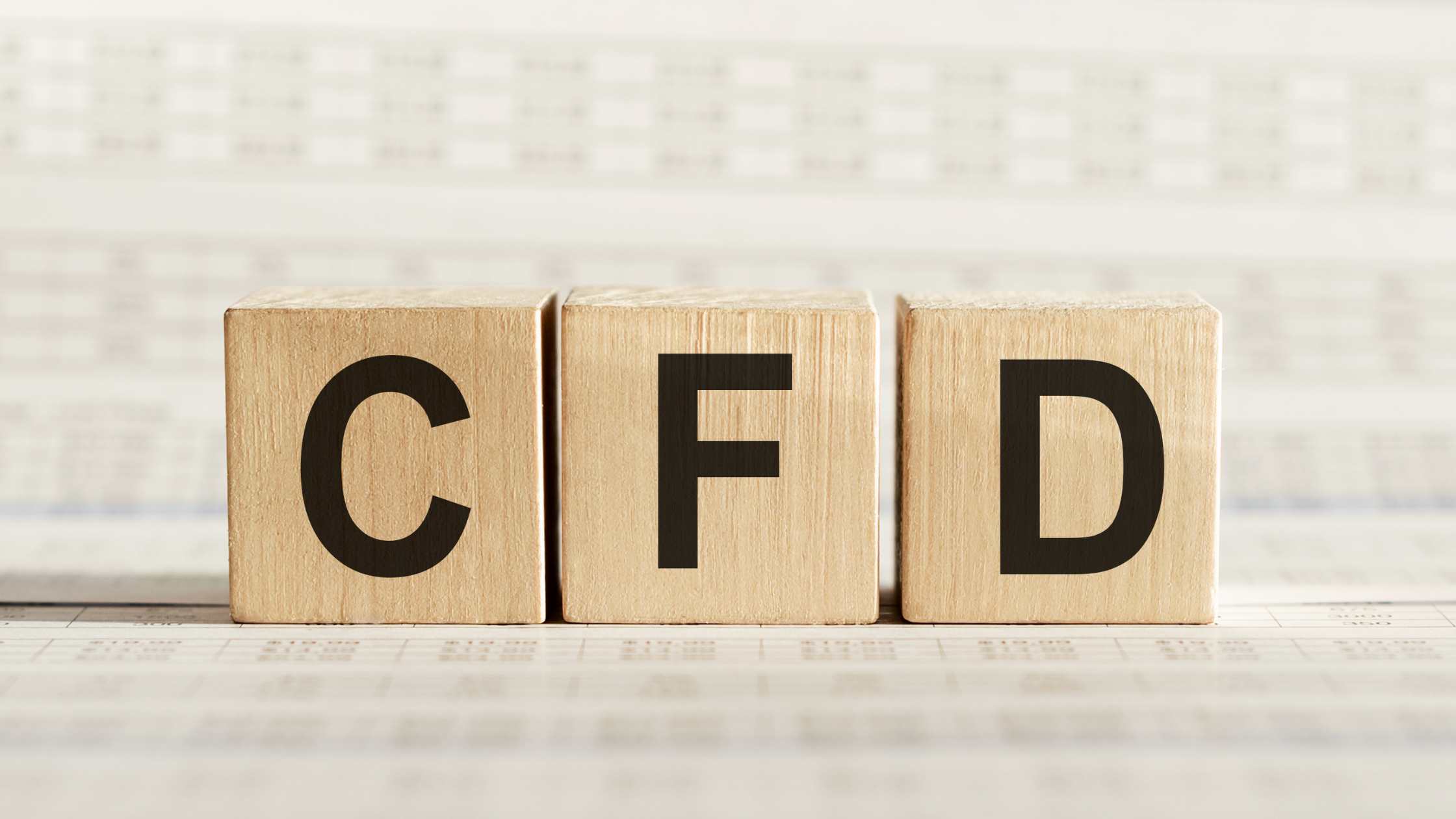Investing in the financial markets provides countless opportunities for gaining profits, and one such trading instrument is the Contract for Differences (CFD).
A complex financial instrument that has become increasingly popular among traders, CFDs allow individuals to speculate on the rise or fall of prices of global financial markets or instruments.
But what is a CFD, and how does it work? This beginner’s guide breaks down the basics of CFD trading.
What is a CFD?
A Contract for Differences is essentially a contract between an investor and a CFD broker to exchange the difference in the value of a financial instrument between the time the contract opens and when it closes.
The financial instruments used can be a variety of assets; shares, indices, commodities, currencies, or bonds.
One of the distinctive features of CFD trading is that you don’t own the underlying asset; you’re merely speculating on the price movement.
This means that you can profit from both rising and falling markets – going long (buying) if you predict the price will rise or going short (selling) if you forecast the price will fall.
How do CFDs work?
Understanding the mechanics of a CFD starts with the concept of “margin”.
CFDs are leveraged products, meaning you only need to deposit a small percentage of the trade’s full value to open a position.
This is known as “trading on margin”. While this significantly magnifies potential profits, it also amplifies potential losses, including losses that may exceed your initial deposit.
Practical example
Suppose you’re interested in the tech sector and believe that Company X’s share price, currently trading at $100, will rise.
Your CFD broker offers a margin of 10%, so you need to deposit $1,000 (10% of $10,000) to open this position. With $10,000, you can buy 1,000 CFD, bringing the opening value of your contract at $100,000 (1000 CFDs x $100).
Company X performed well a few days later, and its share price rose to $110.
You decide to close your position and sell your CFDs. The new value of the contract is $110,000 (1000 CFDs x $110).
The difference between the opening and closing values of your contract is your profit, which in this case is $10,000 ($110,000 – $100,000).
Taking a short position
Now, let’s imagine the scenario where you believe the price of Company X will fall. You decide to sell 1,000 CFDs at $100 each. The total value of this contract is $100,000. (1000 CFDs x 100).
A few days later, the price of Company X did indeed fall to $90 per share. You decide to close your position by buying the CFDs back. The value of the contract is now $90,000 (1000 CFDs x $90).
Since you initially sold at $100,000 and now bought back at $90,000, the difference of $10,000 is your profit.
In both scenarios, note that if the market had moved in the opposite direction, you would have made a loss that could have exceeded your initial deposit ($10,000) due to the leverage involved.
Advantages and risks of CFD trading
CFD trading offers several advantages. It allows access to the international market from one platform and the ability to profit from rising and falling markets.
It also provides leverage, meaning a smaller initial outlay can lead to large profits if the market moves in your favour.
However, this advantage is a double-edged sword. If the market moves against you, your losses are equally magnified, and you could lose more than your initial deposit.
It is also important to note that CFD trading is prohibited in certain jurisdictions because of its risks.
Therefore, before you start trading CFDs, you must educate yourself thoroughly about the workings of the market and perhaps start trading on a demo account.
It is also crucial to implement risk management strategies, such as setting stop losses and limit orders, to protect yourself from unexpected market movements.
Remember, trading in CFDs is not suitable for everyone and carries a high risk level. Always consult an independent financial advisor before you decide to embark on this journey.
Disclaimer: ProsperUs Investment Coach Billy Toh doesn’t own shares of any companies mentioned.









